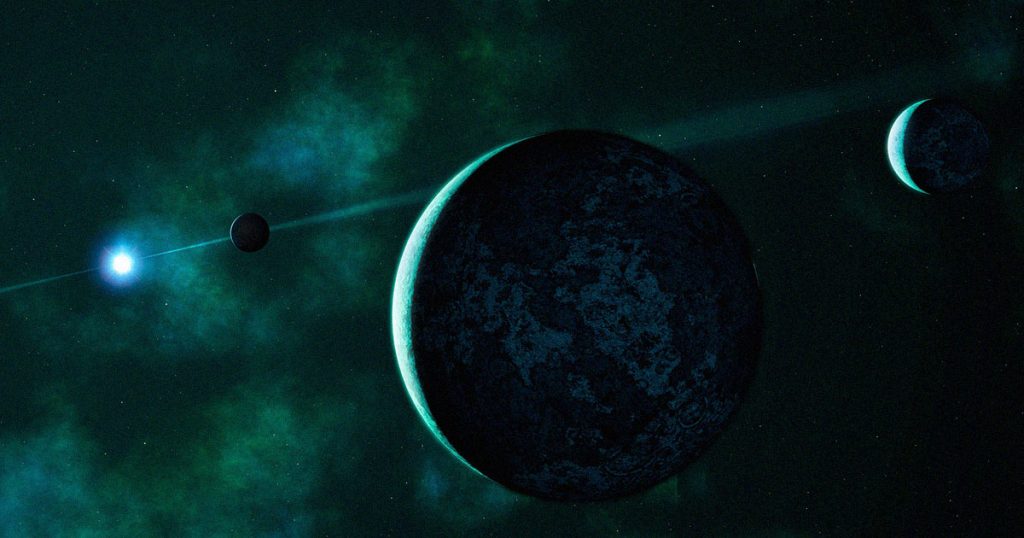“I was warned not to call them planets, not to call them dark matter.”
Mass Effect
Astronomers have long been able to detect gravitational waves by using the extremely steady flashes of light from pulsars – the highly magnetized remnants of dead stars that spin like cosmic lighthouses – to measure time with atomic precision.
But there are moments when these very regular pulses do not come exactly on time. IFLScience ReportsResearchers now suggest that a huge, invisible mass could be passing in front of the pulsar, causing an almost imperceptible delay in the signal, on the microsecond level.
Exactly what these masses are, or whether they even exist, remains a matter of intense debate.
“I was warned not to call them planets or dark matter, but simply call them concentrations of mass, because just looking at the radio waves doesn’t tell us what it is,” said Professor John Losecco of the University of Notre Dame, who has studied the phenomenon and presented his findings at the National Astronomy Conference at the University of Hull this week. IFLScience“It could be a brown dwarf. [star] Or it could be a white dwarf or something else.”
A fleeting shadow
Losecco and his colleagues are using time-of-arrival data from seven radio telescopes spread around the world to compile a catalog of these mysterious masses.
“There are 12 candidates, and they come from eight independent pulsars,” he said. IFLScience.
The research may also shed light on dark matter, a hypothetical substance that scientists believe makes up 85 percent of all matter in the universe but has yet to be directly observed.
“We’re taking advantage of the fact that the Earth is moving, the Sun is moving, pulsars are moving, and even dark matter is moving,” LoSecco explained. press release“We observe deviations in arrival times caused by changes in the distance between the mass we are observing and our line of sight to the ‘clock’ pulsar.”
One of these invisible masses is just one-fifth the mass of the Sun, which LoSecco argued makes it a “potential dark matter candidate.”
But much more research needs to be done to know for sure what causes these minute discrepancies in the cosmic heartbeat of pulsars.
“The true nature of dark matter is a mystery,” LoSecco acknowledged. “This work sheds new light on the nature of dark matter and its distribution in the Milky Way, and may also improve the accuracy of precision pulsar data.”
More about Pulsar: Remnants of zombie star start to ‘glitch’, baffling astronomers


